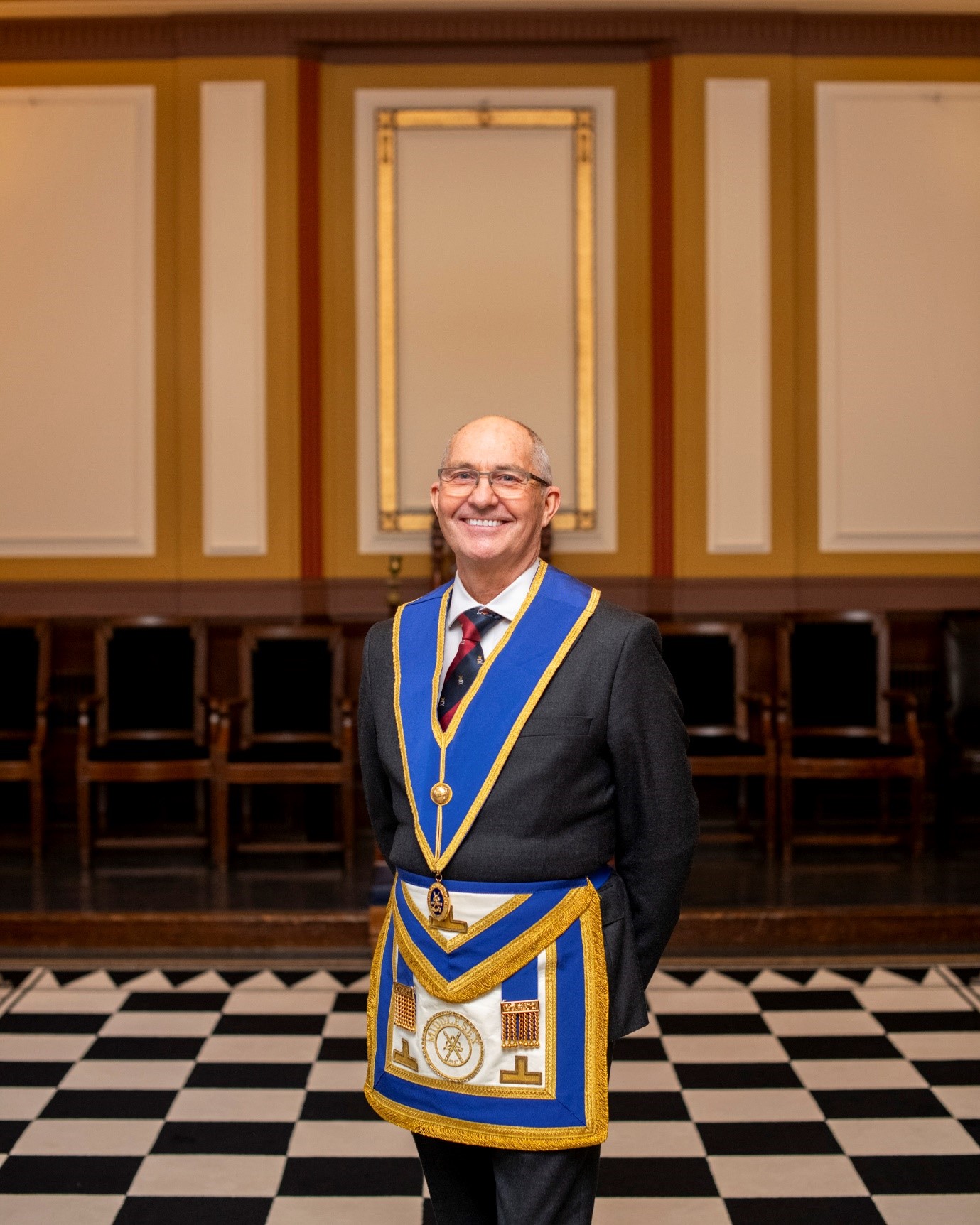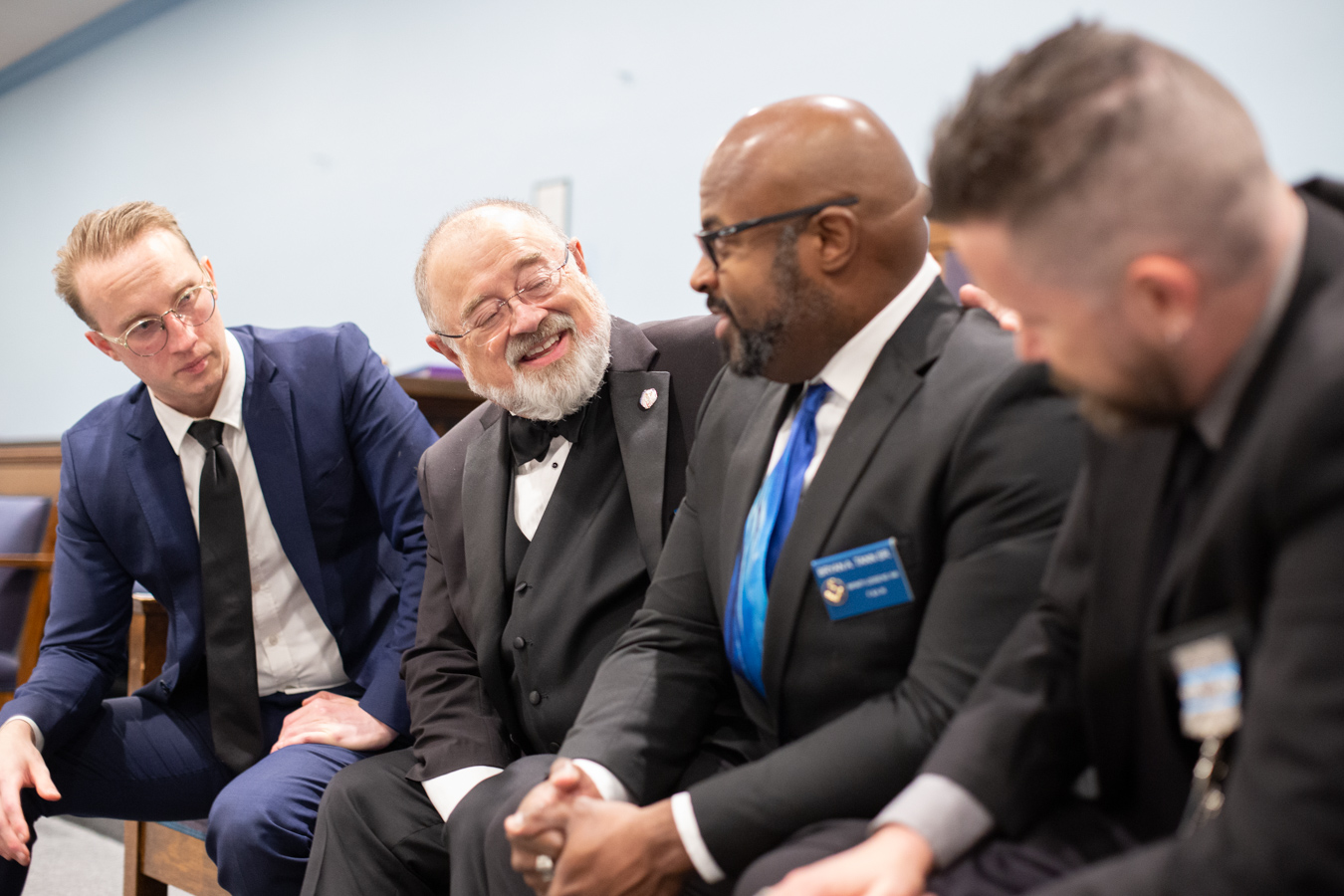Understand How to Join Freemason and Access Lifelong Connections
Understand How to Join Freemason and Access Lifelong Connections
Blog Article
Exploring the Mysteries of the Freemason: What You Required to Know
The Freemason, a term typically shrouded in intrigue and controversy, represents a complicated tapestry of historic reality and contemporary misconception. Established in the late 18th century, this secret culture was initially rooted in the Enlightenment's suitables but has considering that come to be synonymous with conspiracy theory concepts regarding elite control. As we navigate the origins, crucial figures, and the stark contrast between myth and truth, one have to take into consideration how these narratives influence modern understandings of power and secrecy. What could be revealed through a better assessment of these components can challenge long-held assumptions about the darkness that stick around in our society.
Origins of the Freemason
The beginnings of the Freemason are soaked in a mix of historical intrigue and ideological fervor. Established in 1776 in Ingolstadt, Bavaria, by Adam Weishaupt, the team was initially formed as a secret society focused on advertising Knowledge ideals such as reason, secularism, and the separation of church and state. Weishaupt, a teacher of canon law, sought to test the prevailing authority of the church and state, which he deemed overbearing establishments stifling intellectual and personal flexibility.
The Freemason looked for to hire significant members from numerous societal fields, consisting of national politics, academic community, and the arts, to foster a network committed to these Enlightenment principles. The culture operated under a shroud of secrecy, employing coded language and routines to shield its participants from mistreatment, particularly provided the repressive climate of the moment. The Freemason dealt with considerable resistance from both governmental authorities and spiritual institutions, which watched the group as a hazard to their power.
Secret Figures and Participants
Who were the pivotal figures that formed the Freemason's very early influence and instructions? The Bavarian Freemason, founded in 1776 by Adam Weishaupt, arised as a response to the overbearing social frameworks of the time.
An additional substantial figure was Johann Gottlieb Fichte, a famous philosopher whose ideas on nationalism and education resonated with the Freemason's objectives. Fichte was not an official member, his thoughtful underpinnings affected the group's belief. Furthermore, figures like the writer and theorist Johann Wolfgang von Goethe were connected with the broader intellectual activities of the moment, although their straight participation with the Freemason continues to be debated.
These crucial figures added to the Freemason's very early instructions, pushing the borders of political and social thought, while their cumulative efforts aimed to challenge well established norms and foster a climate of dynamic adjustment in Europe.
Misconceptions vs. Truth
Numerous false impressions border the Freemason, typically blending truth with fiction in a way that covers its true nature. The idea that the Freemason proceeds to apply substantial impact over world occasions is a misconception - how to become a freemason.
An additional common myth is that the Freemason comprises a network of elite people manipulating worldwide events. In truth, numerous conspiracy theories overemphasize the team's relevance, associating unproven objectives to societal fads and occasions. This has brought about an oversimplified sight of intricate issues.

Modern Interpretations
Contemporary interpretations of the Freemason commonly show wider social anxieties and a fascination with privacy and power. This modern-day lens often links the Freemason with conspiracy theory theories that suggest a concealed elite orchestrates world occasions, controling federal governments and economic about his situations for their very own gain. Such stories use a deep-rooted mistrust of authority, especially in times of situation or social upheaval.

Moreover, some modern interpretations mount the Freemason as an allegory for the intricacies of globalization and the interconnectedness of influential people and organizations. This point of view urges an essential exam of exactly how power dynamics run in today's globe, highlighting the balance between openness and secrecy in administration and business techniques.
Cultural Impact and Heritage
Influenced by centuries home of intrigue, the social effect and tradition of the Freemason expand far past its historic origins. This secret culture, established in the late 18th century, has penetrated numerous aspects of prominent society, from literary works and movie to songs and art. The idea of the Freemason has actually developed into a sign of conspiracy theories, frequently representing a perceived surprise power controling worldwide occasions.
In literature, writers like Dan Brown have woven the Freemason right into elaborate stories, captivating viewers with themes of privacy and power. Movies such as "National Treasure" and "The Da Vinci Code" additionally bolster the allure of the culture, mixing truth with fiction to create appealing stories.
The Freemason's influence additionally expands into music, with musicians referencing the company to stimulate motifs of disobedience and social review. This representation has added to a fascination with the idea of private teams controlling the bars of power, showing social stress and anxieties about authority and transparency.
Ultimately, the Freemason's heritage is a complicated tapestry of myth and reality, shaping understandings of secrecy and control in modern discourse. Its enduring visibility in culture underscores humankind's perennial mission for comprehending concealed realities.
Conclusion
The exploration of the Freemason reveals a complicated interaction in between historic facts and modern myth-making. Established in the Knowledge era, this culture aimed to challenge overbearing frameworks, yet its legacy has been outweighed by conspiracy concepts that recommend elite adjustment. Understanding the differences between the initial suitables and contemporary analyses is necessary for comprehending the sustaining attraction with the visit this page Freemason and its considerable influence on social narratives bordering power and privacy in society.
Report this page